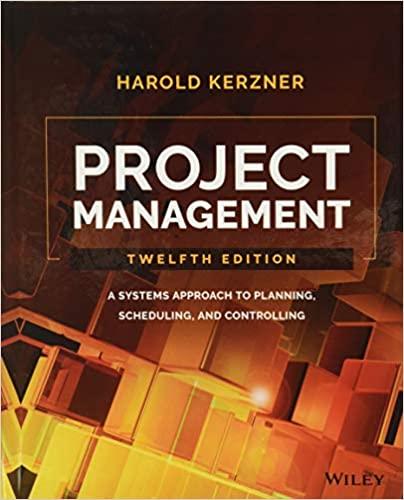Part A. D Ideal first attempt time (100% engagement/productivity) 20 days deal second attempt time (100% engagement/productivity) 17 days Learning percentage # 85% Answer the two questions in the EXCEL spreadsheet. Type your answers in the green cells. All Engagement/productivity factor = 100% you need to do is read each question, enter the appropriate numbers in cells C1, C2, and C3 and Time/Duration (days) Attempt # Time/Duration (days) Factoring in engagement/productivity Factoring in engagement/productivity Chart Title then look at the gray table for the answer. It's that simple! 20.00 25.00 17.00 Part B. 15.46 20 00 14.45 After entering your answers in the two green cells, complete and submit a roughly 3-page double- 13.71 15:00 13.14 spaced paper that addresses the points below. No numerical calculations are needed in this paper, 12.67 10.00 12.28 but you may base some of your answers on your thoughts/observations associated with the two 11.95 11.66 short EXCEL questions (whose answers you entered in the green cells). You may also refer to 11.40 information in the articles provided. Be concise but make sure that you clearly and cogently 11.17 10.96 address the points below. 10.77 Talia is working on a Task A which is on a project's critical path, She has worked on Task A for other 10.60 projects in the past and this is the fifth time she is working on Task A. AssumeTalia is (and always has been) very highly motivated ( engagement/productivity factor = 100%%] and that she took 12 days on her What implications does the learning curve have for developing project schedule and cost baselines? 10.44 first Task A attempt and 10 days on her second Task.A attempt. How long will she take this time around 10.29 (on her fifth attempt)? What implications do engagement, motivation, and morale have for developing project schedule 10.16 Now, let's assess what might have been the situation if Talia felt harrassed on the job, was unhappy, and 10.03 was entertaining thoughts of quitting her position and joining another company. As a result, over the past several months, she has had challenges focusing on and devoting her full energy to her work, and her and cost baselines and for explaining variance from those baselines? 9.91 ngagement/productivity factor fell to about 70% (prior to her first Task A attempt) and has stayed at that level since then. Under this scenario, how long will s take this time around ( on her fifth attempt)? (Assume that the Ideal first es stay the same: 12 days and 10 days.) How can a project manager gauge engagement, motivation, and morale; and how can a project manager's behaviors, personality, and attitudes affect engagement, motivation, and morale? How might the level of organizational attention paid to fairness, diversity, equity, and inclusion impact project outcomes and organizational goals







